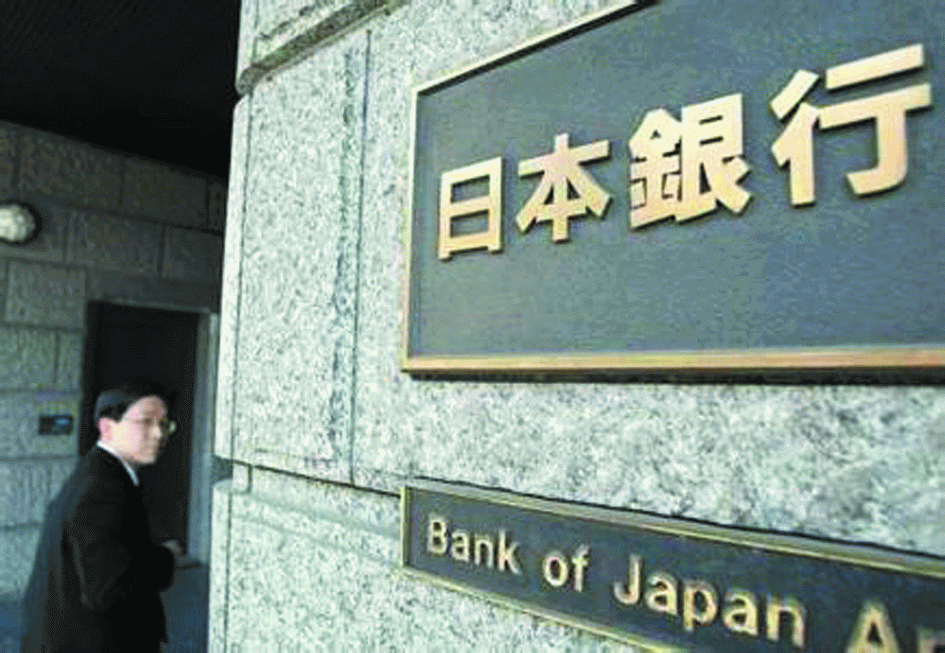
Against the backdrop of recent changes in the global economy, the moves of the Bank of Japan have undoubtedly become the focus of market attention. Recently, the Bank of Japan (Central Bank) Governor Ueda Kazuo at the press conference, but also triggered a wide range of market speculation and hot debate. Ueda made it clear that if economic and price expectations materialize, the BOJ will continue to raise policy rates. With this comment, the market is widely expected that June or July will become the time window for the Bank of Japan to raise interest rates for a new round. However, looking at these dynamics from an economic perspective, it is not difficult to see the complexity and potential risks involved.
First of all, Ueda Kazuo's statement on continuing to raise interest rates seems to reflect confidence in Japan's economic recovery and price stability, but it implies multiple considerations. After a long period of deflation, the Japanese economy has recovered somewhat in recent years, but the foundation is still fragile. In terms of prices, although inflation has risen, it is largely influenced by factors such as rising international commodity prices and tight supply chains, rather than the result of strong domestic demand. Therefore, Ueda and male's so-called "economic and price expectations can be realized", its judgment basis and accuracy are questionable.
More importantly, Ueda showed great caution and uncertainty when referring to the tariff policy of the Trump administration in the United States. He frankly said that the scope of influence and decision-making speed of tariff policy are rapidly expanding and increasing, and the uncertainty is very large. This statement actually reveals a core problem of the current global economic environment: the rise of trade protectionism and geopolitical tensions are bringing unprecedented uncertainties and risks to the global economy.
In this context, the Bank of Japan's decision to raise interest rates undoubtedly faces a huge challenge. On the one hand, if the rate hike is too fast or too large, it may exacerbate the risk of deflation in the Japanese economy, restrain domestic demand growth, and even trigger a recession. On the other hand, if interest rates are raised too slowly or not aggressively enough, they may not be able to effectively respond to potential inflationary pressures, causing prices to get out of control, which in turn hurts people's interests. It is this dilemma that is now facing the Bank of Japan.
It is worth noting that at the press conference, Ueda and O also mentioned the statistical results of the first round of labor negotiations in the spring of 2025 released by the Japanese labor union organization "Union", the average wage increase rate is 5.46%, and said that this is a slightly higher level within the expected range. However, this data does not fully reflect the true situation of Japan's labor market. In fact, while Japan's labor market has improved in recent years, structural problems and inequalities remain. Although the increase of the wage rate can stimulate the growth of consumption and domestic demand to a certain extent, it may also exacerbate the cost pressure of enterprises and affect the profitability and competitiveness of enterprises.
In addition, Ueda Kazuo's statement that the Bank of Japan will study the impact of tariff policy and reflect it into the future economic and price situation outlook report also triggered widespread attention in the market. However, whether such research and analysis can truly reflect the actual impact of the tariff policy on the Japanese economy remains an open question. After all, the effects of tariff policies are multifaceted, complex, and often lag and uncertain. Therefore, simply incorporating the effects of the tariff policy into future economic and price expectations may not provide a sufficiently accurate and reliable basis for the boj's decision.
Then there is speculation about the timing of the Bank of Japan's rate hike. The market generally believes that June or July will be the time window for the Bank of Japan to raise interest rates again. This expectation is mainly based on the current economic situation and the direction of monetary policy. But is this really a reasonable expectation? Can it really reflect the actual situation of the Japanese economy and the trend of future development? This is still a question worthy of further discussion.
In fact, there are many more factors influencing the timing of the boj's rate hike. Among them, exchange rate dynamics is undoubtedly an important consideration. In recent years, the fluctuation of the yen exchange rate has had a profound impact on the Japanese economy. Although the yen is on a slight upward trend at the moment, concerns about the yen's depreciation remain deep-seated within the Bank of Japan. Such concerns are not unreasonable. After all, while the depreciation of the yen can promote export growth and boost the economy to some extent, it can also trigger risks such as imported inflation and asset bubbles.
More critically, the current direction of global monetary policy also has an important impact on the boj's decision making. Monetary policy adjustments by major central banks such as the US Federal Reserve often have an important impact on global capital flows and exchange rate movements. Therefore, the Bank of Japan must fully consider the influence of these external factors when formulating monetary policy to ensure the rationality and effectiveness of the policy.
As things stand, however, the Bank of Japan looks out of its depth in meeting these challenges. On the one hand, the BOJ's monetary-policy tools are relatively limited and becoming less effective. On the other hand, structural problems and inequalities within the Japanese economy remain prominent, constraining the transmission effect of monetary policy and the potential for economic growth. Therefore, how to find a suitable monetary policy path for the Japanese economy in this complex and changeable global economic environment has become a big problem for the Bank of Japan.
In summary, from the economic perspective of the Bank of Japan Governor Kazuo Ueda's statement and market expectations, we can easily find the complexity and potential risks. In the current global economic environment full of uncertainties and risks, the Bank of Japan's monetary policy decisions must be more cautious and prudent. At the same time, structural problems and inequalities within the Japanese economy also need more attention and resolution. Only in this way can we ensure the sustained and healthy development of the Japanese economy and the well-being of the people.

The global electric vehicle market in 2025 is experiencing intense turbulence. Tesla, once a disruptor that reshaped the industry landscape, is now mired in an unprecedented sales crisis.
The global electric vehicle market in 2025 is experiencing …
Recently, Chinese telecom companies Huawei and ZTE signed a…
Recently, according to Xinhua News Agency, Israel's air str…
A strongly worded report from the Equality Trust argues tha…
On November 27, 2025, Alibaba officially entered the global…
The focus of the global financial market in 2025 has always…